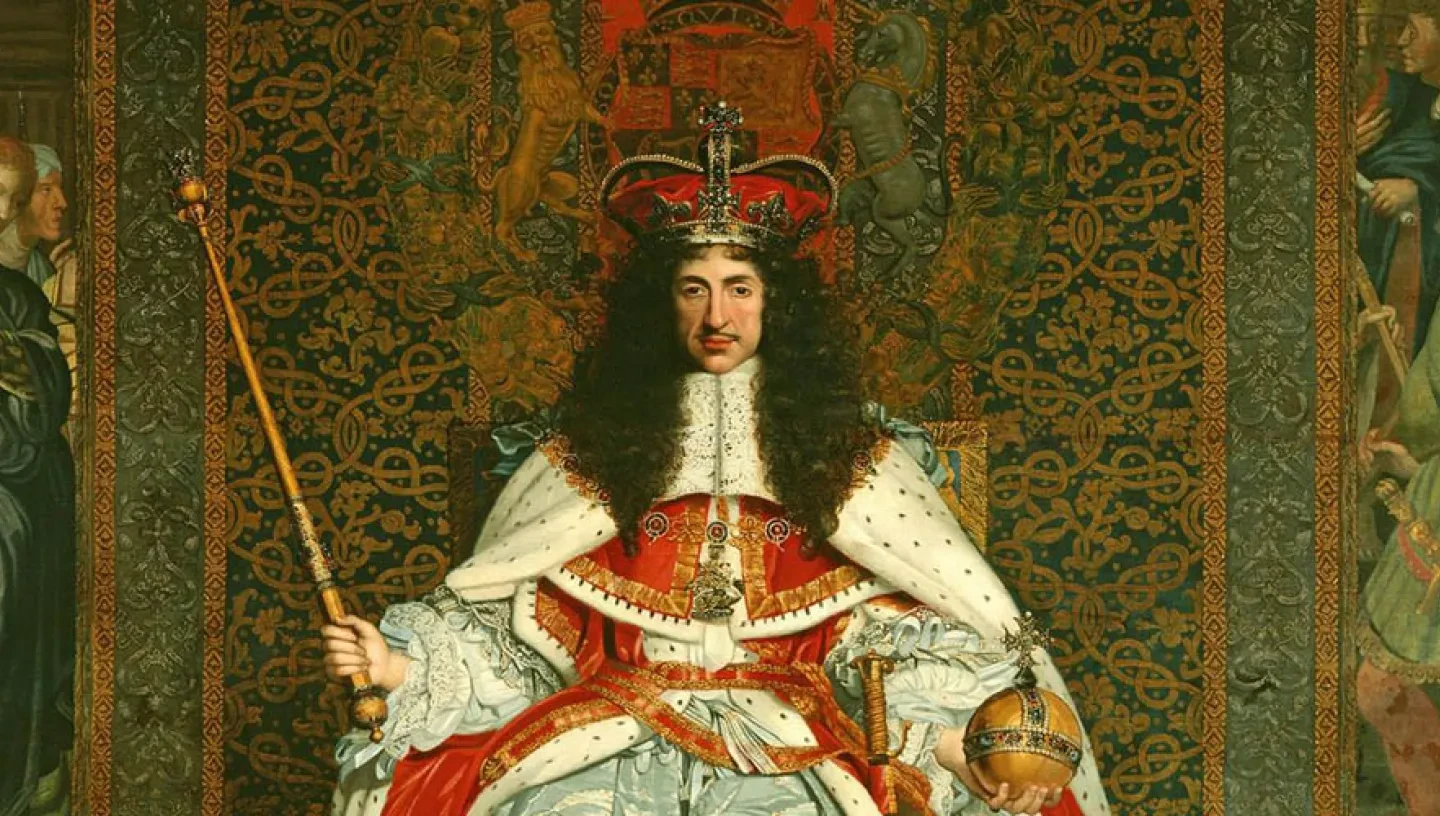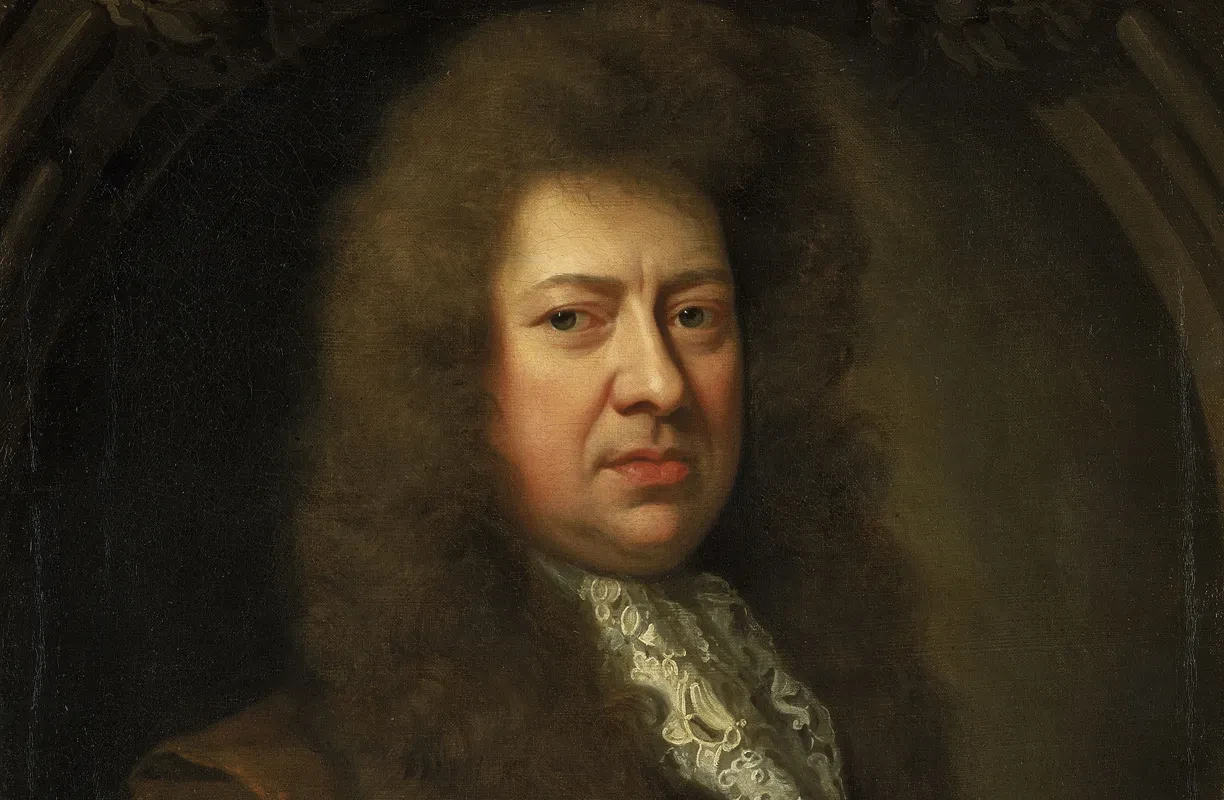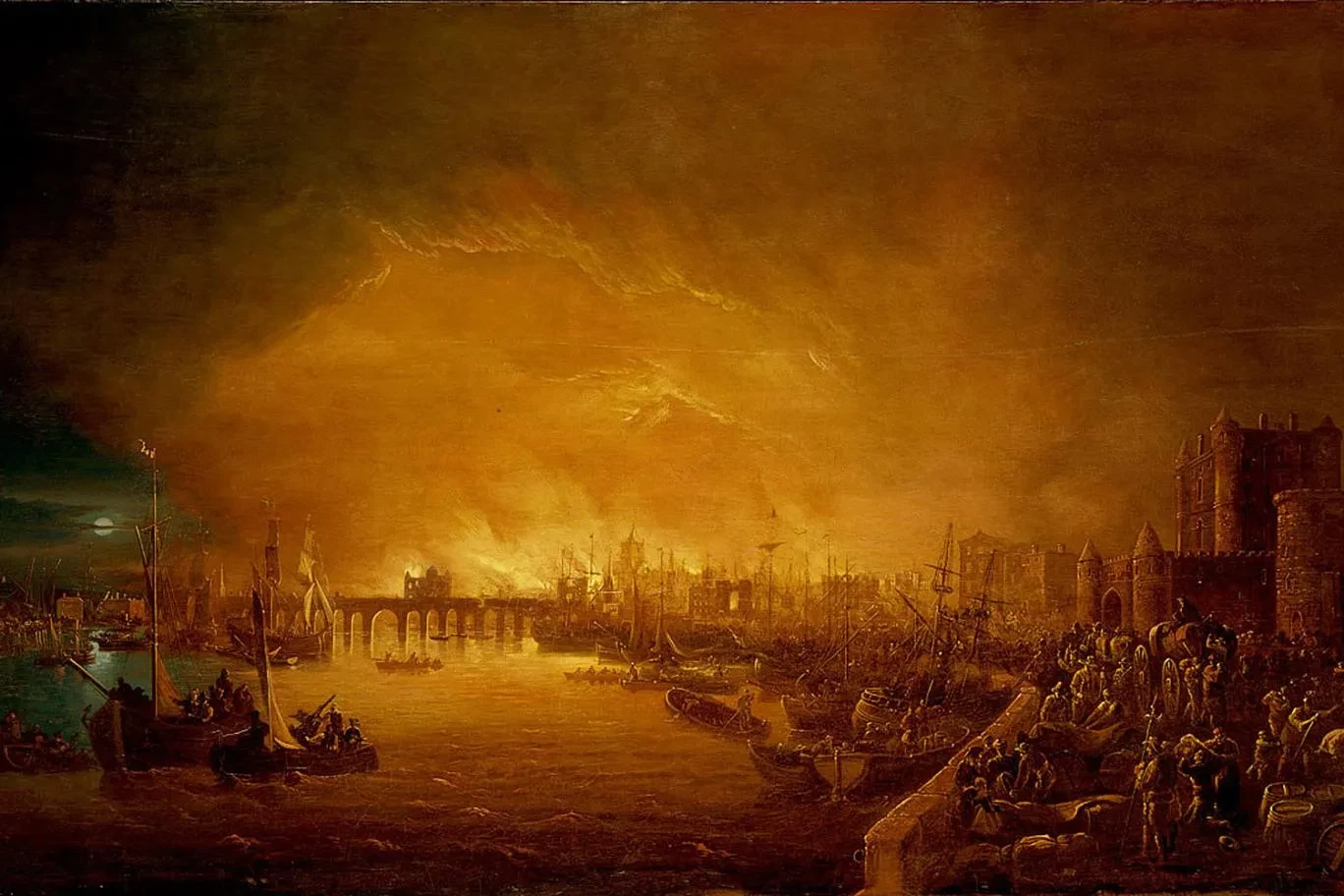
Having executed Charles I in 1649, Parliament abolished the monarchy and formed a republic under the leadership of Oliver Cromwell. The Republic barely outlived its leader, who died peacefully in his own bed in 1658.
Cromwell was succeeded by his son, Richard, who quickly showed that he lacked the qualities or personality of his father. He failed to get the support he needed and it was not long before nobles began plotting for the return of Charles I’s exiled son, Charles II, to claim the throne. Royalists made plans to bring the King from the Continent to England, and even some of those who had prospered under Cromwell were seeking to do favours in return for a pardon.
King Charles II has returned! Rejoice!
On 25 May 1660 Charles II landed at Dover in Kent after a short crossing from the Netherlands. He entered London unopposed four days later on his 30th birthday. Charles went about resurrecting much of what had been suppressed under the Republic. Theatres were soon flourishing again, the Church of England was restored and all manner of entertainments flourished.
In revenge for his father’s death, Charles II ordered that Oliver Cromwell’s body be dug up the following year. His corpse was hung in chains and flung in a pit, and his severed head was displayed outside Westminster Hall for a couple of decades. For the most part, Charles II pardoned anyone not directly involved in the execution of his father.
Some feared that a change in monarch would bring plague on the city. When this did not happen, many thought that God himself was pleased with a restoration to the natural order of things.

Meet Samuel Pepys, whose diary lays bare the scandalous times of Restoration London
Although the famous chronicler of the age Samuel Pepys had been a supporter of the Republic and an approving witness of the execution of Charles I, when he began his diary at the start of 1660 he was in the Royalist camp. Shortly afterwards he began working for the Navy Board thanks to the patronage of a wealthy cousin in the King’s favour.
Pepys’s diary reveals a man fond of music, theatre, booze and woman. He was no prude, but was shocked and appalled by the debauchery the Restoration court. He noted the prevalence of ‘drinking and whoring’ and the fact that the ‘pox was as common there… as eating and swearing’.

Bad news comes in threes
Over three consecutive years from 1665, plague, fire and war struck London. Many saw the Great Plague, Great Fire of London and a Dutch attack on the Royal Navy on the river Medway to be God’s punishment on the immoral King and his court.
Was the King too preoccupied with pleasure to govern his kingdom? Was he not a little too ‘Popish’, a little too close to Catholic France? Had the nation not been a little too eager to throw off its piety and embrace the ungodly? The honeymoon was certainly over for Charles II.
All the world’s a stage!
But it was also a time of great theatre, the first operas in Britain and a general flourishing of the arts. All of these were things Pepys loved. He saw Macbeth no fewer than nine times and notes a staggering 338 visits to the theatre in the nine and a half years of his diary. The theatre was also a great place to meet prostitutes and good times were to be assured, whatever the play.
The Royal Society
Charles II was a great patron of the Royal Society, where titans of science such as Newton, Boyle, Hooke and Wren would all challenge the way we think about the world. Underpinning many of their theories were the meticulous observations carried out at the Royal Observatory, Greenwich under Astronomers Royal, John Flamsteed and then Edmond Halley.
It's all over now
On Charles II’s death in 1685 his brother James ascended the throne. Shortly afterwards his wife, Mary of Modena, gave birth to a son who secured a Catholic succession. The Protestant ruling classes were horrified and called on James II’s son-in-law and nephew, William of Orange, to invade and seize the Crown. In 1688, William arrived in England from Holland causing James II to flee. The so called ‘Glorious Revolution’ of 1688 closes the period.